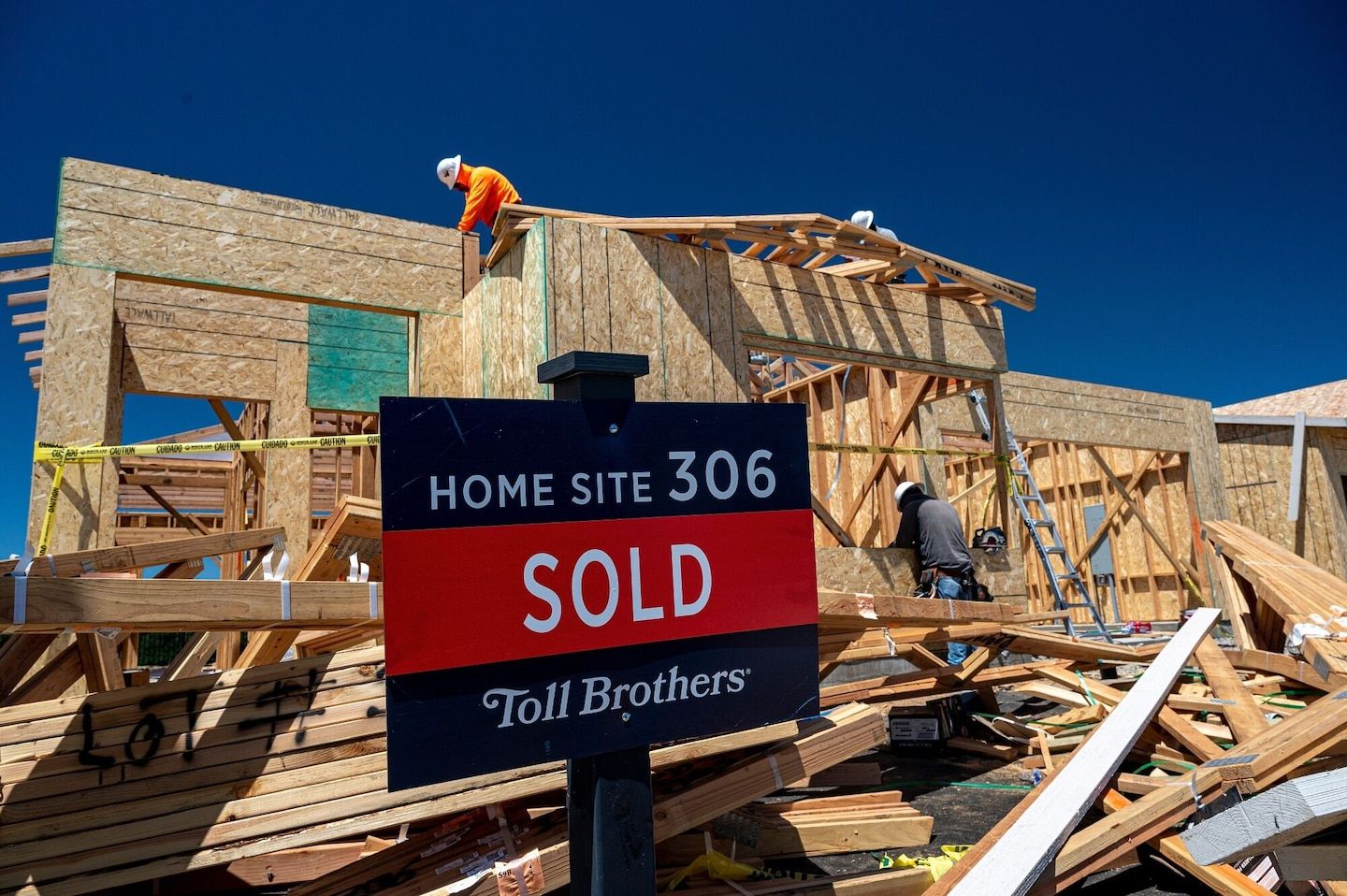State Farm won’t insure California homes, wildfires and rebuild costs
Listen 4 min Comment on this story Comment Gift Article Share
State Farm has stopped accepting homeowner insurance applications in California, where it had been a leading home insurance provider, due to the increased risk of catastrophes like wildfires and high construction costs. Wp Get the full experience. Choose your plan ArrowRight The decision, which won’t impact current customers, went into effect Saturday and signals the growing threats to insurance availability and affordability in the face of climate crisis-fueled disasters, experts told The Washington Post.
“State Farm General Insurance Company made this decision due to historic increases in construction costs outpacing inflation, rapidly growing catastrophe exposure, and a challenging reinsurance market,” the company said in a statement. “It’s necessary to take these actions now to improve the company’s financial strength. We will continue to evaluate our approach based on changing market conditions.”
Advertisement
The company said it recognized the state government’s wildfire loss mitigation efforts, and pledged to “work constructively” with the California Department of Insurance and policymakers “to help build market capacity in California. However, it’s necessary to take these actions now to improve the company’s financial strength.”
State Farm did not respond to a request for comment.
Nearly 25,000 homes and other buildings across California have been destroyed by massive fires in the past five years. Thousands more have been badly damaged. A California Department of Insurance assessment predicted that by 2100, an average of 77 percent more acres will burn every year across the state, and insurance companies “may withdraw from offering insurance” as conditions worsen, The Post previously reported.
Trouble from insurers is cropping up in parts of California, like throughout the Sierra Nevada region, according to Ryan Tompkins, a forester and natural resources adviser with the University of California.
Advertisement
“Many of our communities in rural, forested areas of California are experiencing not only increasing wildfire and increasing wildfire severity, but also increasing insurance problems,” Tompkins said. “They’re getting dropped. They’re getting non-renewed. We’re seeing a sort of insidious, quiet impact economically.”
The communities hit hardest “may already have a higher probability of being disadvantaged,” further amplifying their economic burdens, Tompkins added. “A lot of the communities that I serve are grappling with these problems firsthand. … If you have a mortgage, you need an insurance as part of that agreement. If you can’t get insurance, it’s going to have cascading impacts.”
Increasing construction costs nationwide compound the climate crisis-related risk for insurers, said Janet Ruiz, communications director with the Insurance Information Institute, a nonprofit organization that provides information on the insurance industry.
Advertisement
“Reinsurance is also getting more expensive due to the amount of losses, not just in California, but also in other states” that experience tornadoes, hurricanes and other disasters, she said.
After Hurricane Ian, about a dozen firms that provide homeowners insurance in Florida became insolvent, The Post reported, leaving hundreds of thousands of property owners scrambling for coverage.
California’s “issues are a little different, but we have so far managed to not have insolvencies,” Ruiz said. Instead, “companies are shrinking how many policies they can handle in each area. Other companies are non-renewing in high-risk areas.”
As climate risks — ranging from wildfires, drought, extreme precipitation and storm surge — intensify in California and throughout the country, insurance companies and government regulation will have to find a way adapt, said Noah Diffenbaugh, a climate scientist and professor at Stanford University.
Advertisement
“Home insurance is a key way that people manage risk of climate-related hazards. And we’re seeing that these events can be very costly both at the individual level,” Diffenbaugh said, “and clearly can be very costly for insurance companies.”
State Farm’s decision to cease offering home insurance in the most populous state shows “adaptation is very difficult” within the climate crisis, Diffenbaugh added. “What’s becoming increasingly clear is that the gap between what’s happening and what we’re prepared for is getting wider and wider.”
GiftOutline Gift Article
Source: The Washington Post


